
Scalloped Hammerheads are known to occasionally form extremely large schools of more than a hundred individuals. It is unknown why they partake in this schooling behavior, and they maintain solitary lifestyles for the remainder of their lives.
Status: Critically Endangered, numbers are currently declining due to the commercial fishing industry where they are targeted for their fins - especially during times of schooling behavior. They are also caught as non-targeted bycatch of the fishing industry.
1. Scalloped Hammerhead
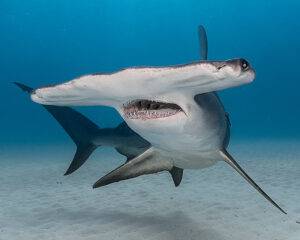
Critically Endangered, numbers are currently declining due to the commercial fishing industry where they are targeted for their fins. They are also caught as non-targeted bycatch of the fishing industry in longlines, bottom trawls, gillnets, and hook-line fisheries. Great Hammerheads have a very high mortality rate once they are caught, upwards of 90% of caught individuals die.
2. Great Hammerhead
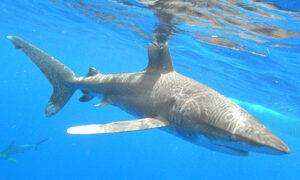
Oceanic Whitetips are pelagic sharks, who live primarily offshore in deep water. They can be found in most subtropical and tropical regions of the world near the upper portion of the water column in the open ocean.
3. Oceanic Whitetip Shark
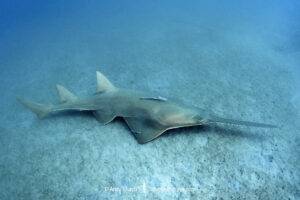
When baby Smalltooth Sawfish are born, they have a protective covering over their saws to protect the mother during birth.
4. Smalltooth Sawfish
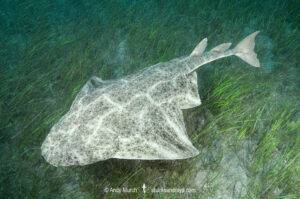
Angel sharks are extremely good hunters. To catch their prey, they cover themselves beneath the mud and sand of the seafloor and wait for prey to approach. When prey is within range, they can strike within a tenth of a second!
5. Angel Shark
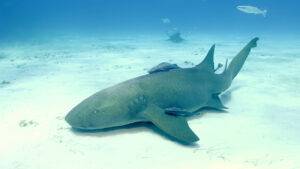
The Shorttail Nurse Shark is found in and around the Western Indian Ocean, around East Africa and Madagascar. They mostly inhabit shallow water and tropical reefs.
6. Shorttail Nurse Shark
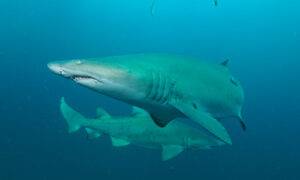
Sand Tiger sharks are named for their large appetite, comparable to that of a tiger! They have rows of jagged teeth that protrude from their mouths even when they are closed. These sharks are not closely related to the Tiger Shark, which they are often mistaken for, and lack stripes. An easy place to find Sand Tiger Sharks is along the coast of North Carolina, USA, where Sand Tigers are a common sight during offshore dives.
7. Sand Tiger Shark
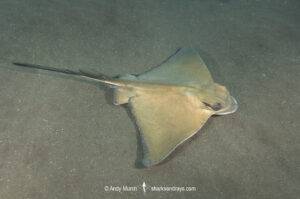
Eagle Rays actually differ from stingrays in many ways. They have longer, more pointed pectoral fins that appear more wing-like, compared to the rounder, shorter pectoral fins of the stingray. Eagle Rays feed by grinding prey in between the hard, plate-like interlocking teeth in their upper and lower jaw.
8. Common Eagle Ray
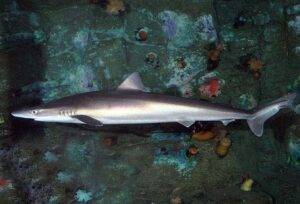
Tope Sharks are highly migratory and travel across large distances, both horizontally and vertically. They are known to travel along the continental shelf, but can also be found in water up to 500 meters deep! You can dive with Tope (also known as Soupfin Sharks) in San Diego, California, USA, and in various regions of the UK, Australia, and South America.
9. Tope
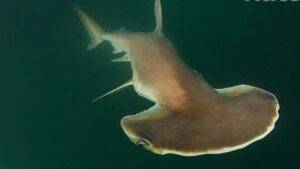
The Scalloped Bonnethead is one of the smallest species of hammerhead shark in the world. Adult Scalloped Bonnetheads only reach 92cm in length, and prefer to live inshore near estuaries and mangroves. These rare hammerheads can be found along the Eastern Pacific anywhere from Mexico to Peru. If you are diving inshore along their range, you may see one if you are lucky!
10. Scalloped Bonnethead